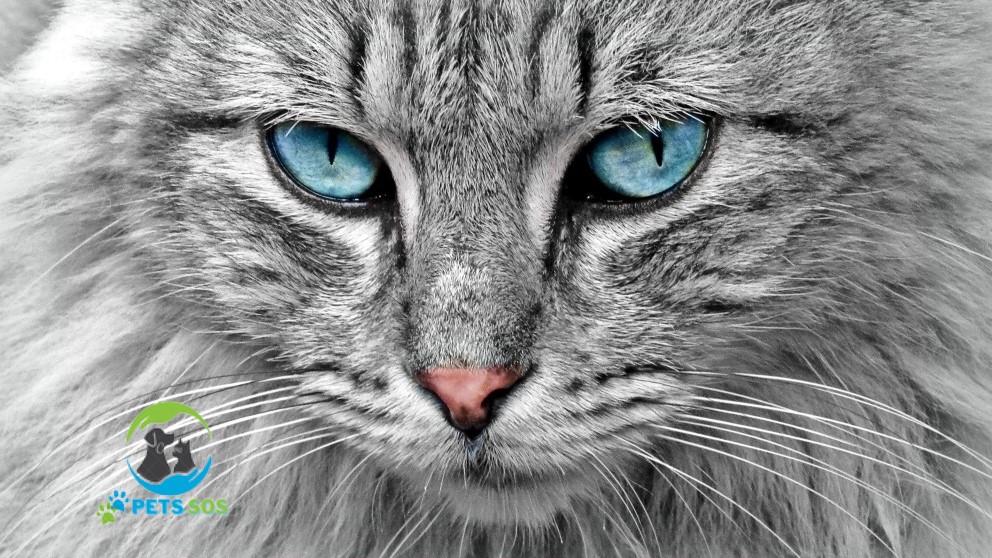Understand your cat’s vision
Seeing your cat is unlike anything in the animal world. Few animals can match your cat’s ability to locate and follow moving targets including its prey, game or predator. As a result, cats’ eyes are among their most important physical traits. This is also why maintaining your cat’s eye health is so vital to her quality of life.
Like all animals, cats can contract diseases, and sometimes they will develop an eye disease. Here are seven of the most common types of eye diseases in cats, and what you need to know about them.
eye infections
One of the most common diseases affecting the eyes of cats is infection. A cat can develop an eye infection when it is exposed to bacteria, viruses, fungi, and in some cases, even parasites.
If a cat has an eye infection, the most common signs include swelling, redness, squinting, discharge, and scratching in the affected eye. Not all eye infections are treated the same way. Treatment depends on the underlying cause of the infection.
conjunctivitis
Conjunctivitis occurs when the pink membrane of the eye, the conjunctiva, becomes swollen and inflamed. A cat with conjunctivitis will blink and/or blink insistently. The tissues around the eye may become reddened and the eye secrete a discharge. The most common cause of conjunctivitis in cats is the herpes virus, but other viral and bacterial infections can also increase the risk.
Conjunctivitis in cats is usually treated on an outpatient basis and the type of treatment depends on the cause of the disease. Options can include oral and topical antibiotics and anti-inflammatory medications. Surgery is also an option, but it is usually reserved for very serious cases.
Ulcerative keratitis (corneal ulcer)
Ulcerative keratitis is a type of open sore on a cat’s cornea, which is the transparent layer of the eye through which light enters. When a cat has a corneal ulcer, the affected eye will appear cloudy. Other signs include redness, squinting, pain, and occasional discharge.
Treatment for ulcerative keratitis depends on the severity of the disease. Superficial corneal ulcers usually respond favorably with antibiotics and appropriate pain medications. If the corneal ulcer is deep, surgery may be required.
glaucoma
Glaucoma is a condition in which pressure in the eye increases because fluid that enters the eye cannot escape. This condition is most commonly caused by an infection, trauma, inflammatory disorder, tumor, or abnormal shift of the lens of the eye. Symptoms can include pain, redness, discharge, and cloudiness in the eye. In very severe cases, you can notice that the affected eye is larger than the healthy eye.
Glaucoma is considered an emergency for cats because if treatment is not given quickly, a cat may lose its sight. Treatment depends on the cause of the glaucoma, along with medications to help reduce the intraocular pressure.
eye lens darkening
When the lens of the eye begins to turn cloudy, the cat has a cataract, which will eventually prevent light from reaching the back of the eye. This leads to visual impairment or even blindness in more severe cases.
Your vet will usually recommend surgery to repair cataracts. But, if your cat is older and you don’t want to risk it, your cat should be able to adjust to her poor eyesight if she remains an indoor pet.
Exophthalmos
Exophthalmos is a disease in which the eyeball protrudes, or bulges, out of the eye’s orbit. Most of the time, this condition is caused by a lump growing behind the eyeball. Other than a swollen eye, the most common symptoms of exophthalmos include fever, pus in or around the eye, lethargy, inability to close the eye, keratitis, discharge, and pain when opening the mouth.
If your cat has exophthalmos, treatment will depend on the cause of the condition. If it is caused by a cancerous mass, surgery and/or radiation and chemotherapy are usually recommended.
enophthalmus
While exophthalmos causes the eye to protrude, ophthalmia is a disease that causes the eyeball to retract into the skull. This is most commonly the result of the eyeball losing some of its volume, causing the eyeball to shrink. Breeds with long, narrow heads are most susceptible to this disease.
Treatment for a UTI depends on the cause of the condition. For example, if dehydration is the cause, then an intravenous infusion can help, whereas if it is due to a cancerous mass, surgery, chemotherapy, and/or radiotherapy would be the typical treatment.



